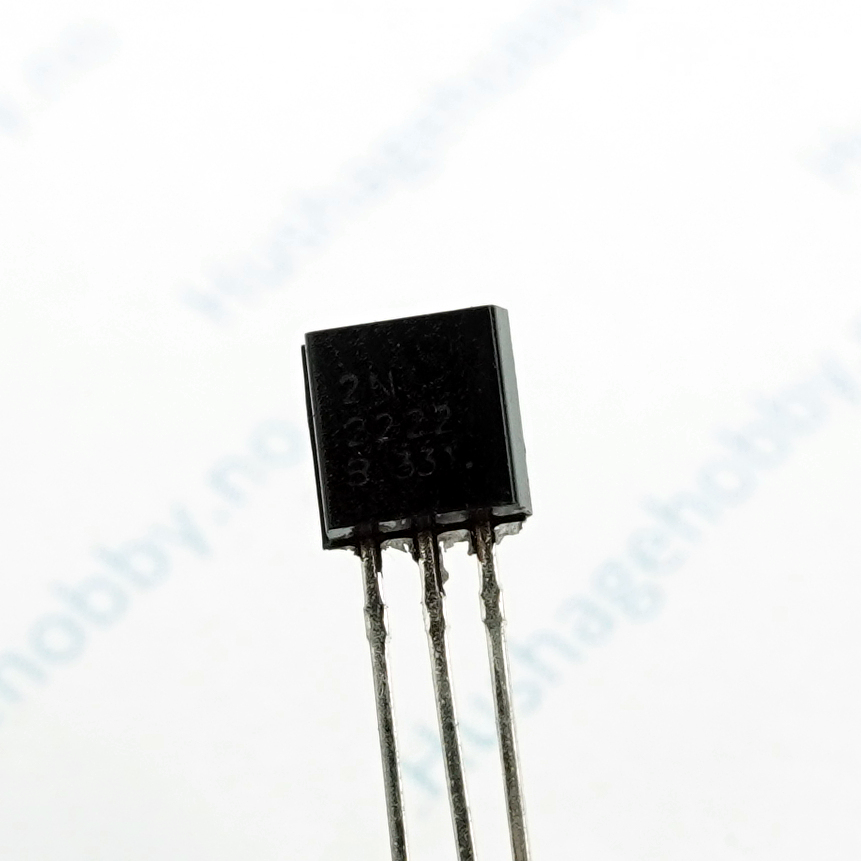

In this case, collector-base junction (i.e., collector diode) is forward biased as is the emitter-base junction (i.e., emitter diode). The base is much thinner than the emitter, and the collector is comparatively wider than both. However, this only happens when a small biasing current ( Ib) is flowing into the base terminal of the transistor at the same time thus allowing the Base to act as a sort of current control input. Unlike a normal p-n junction diode, this transistor has two p-n junctions.


But, in the applications of transistors we require four terminals, two terminals for input and remaining two terminals for output. The PNP transistor behaves like two PN junctions diodes connected back to back. The base-emitter resistance can be calculated but usually a transistor has an emitter resistor to provide some negative feedback and it increases the input impedance. Thus, as there are three terminals of the transistor, i.e. The generic transistor structure comprises a relaxed Si1−x Gex collector with a compressively strained where fT is the cutoff frequency, and CBC is the base-collector Si1−y Gey base and a Si emitter grown on top (x ≤ y). The transistor is a semiconductor device which transfers a weak signal from low resistance circuit to high resistance circuit. Common emitter connection, common base connection, and common collector.Amplifier circuit can be designed by any of this type. The sum of all voltages in a loop has to be zero. Base-current voltage Vcb is shown in X-axis. With Base connected to Collector the transistor is on the knee going into the saturation zone. 8-1a), a P-type base, and an N-type collector.


 0 kommentar(er)
0 kommentar(er)
